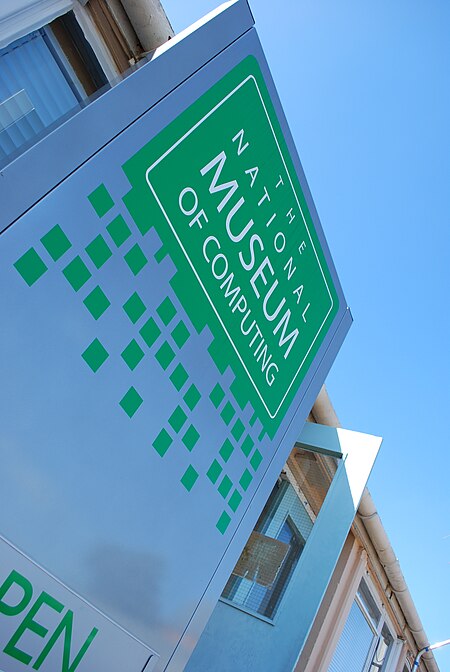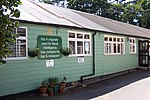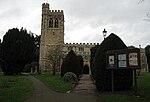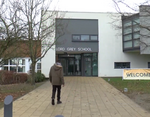The National Museum of Computing

The National Museum of Computing is a museum in the United Kingdom dedicated to collecting and restoring historic computer systems. The museum is based in rented premises at Bletchley Park in Milton Keynes, Buckinghamshire and opened in 2007. The building — Block H — was the first purpose-built computer centre in the world, hosting six Colossus computers by the end of World War II. The museum houses a rebuilt Mark 2 Colossus computer alongside an exhibition of the most complex code cracking activities performed at the Park, along with examples of machines continuing the history of the development of computing from the 1940s to the present day. The museum has a policy of having as many of the exhibits as possible in full working order. Although located on the Bletchley Park "campus", The National Museum of Computing is an entirely separate registered charity with its own fund-raising and separate entrance/ticketing. TNMOC receives no public funding and relies on the generosity of donors and supporters.
Excerpt from the Wikipedia article The National Museum of Computing (License: CC BY-SA 3.0, Authors, Images).The National Museum of Computing
Ultra Avenue, Milton Keynes Old Bletchley
Geographical coordinates (GPS) Address Website External links Nearby Places Show on map
Geographical coordinates (GPS)
| Latitude | Longitude |
|---|---|
| N 51.9985 ° | E -0.7435 ° |
Address
Ultra Avenue
MK3 6GY Milton Keynes, Old Bletchley
England, United Kingdom
Open on Google Maps









